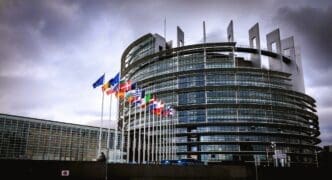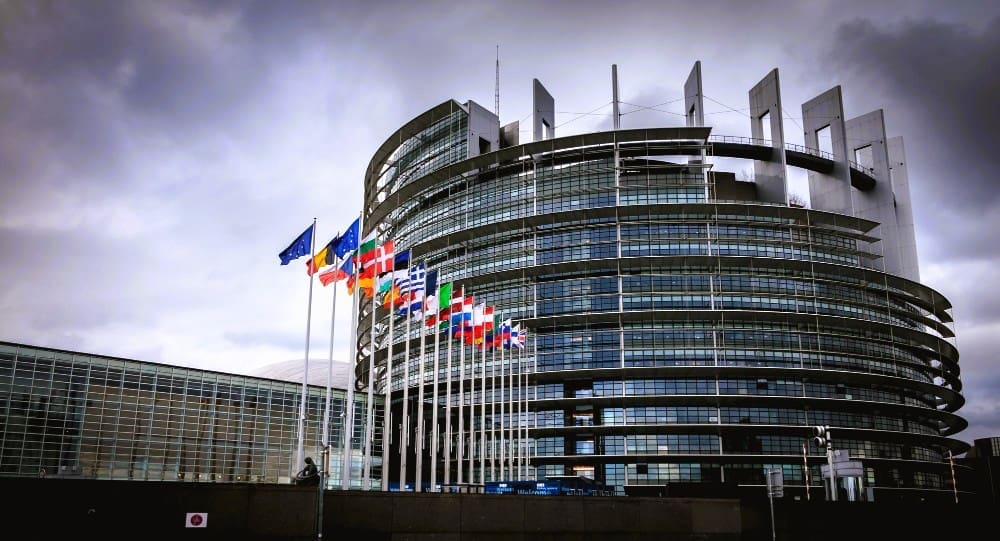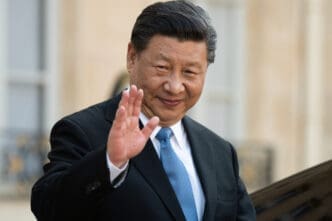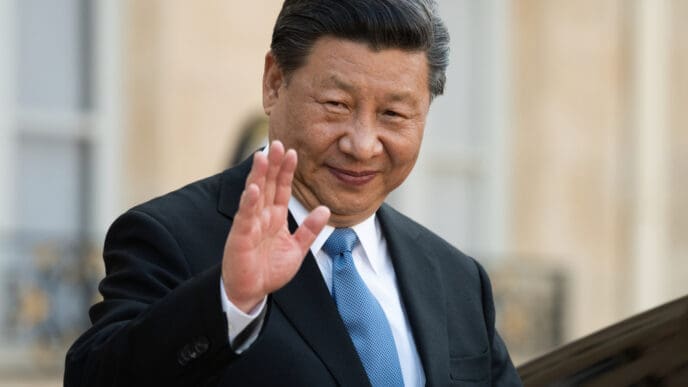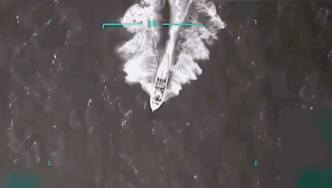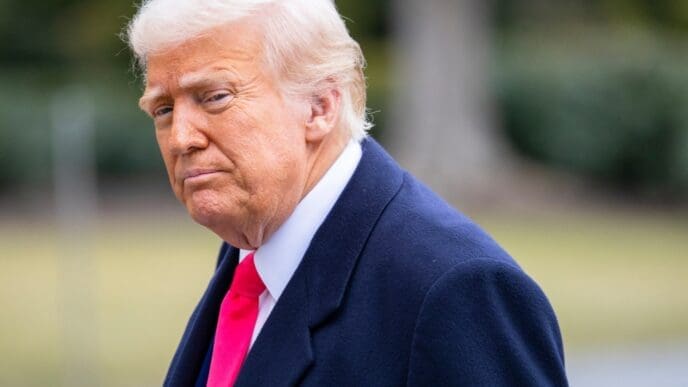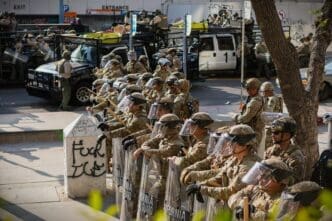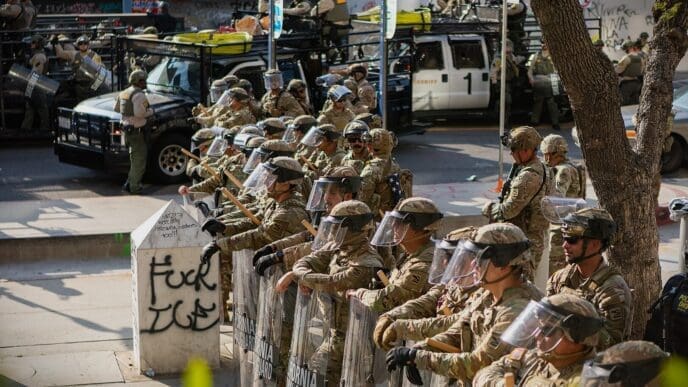KEY POINTS
European leaders expressed cautious optimism Wednesday after a virtual call with Donald Trump, who sought to reassure them just two days before his high-stakes summit with Russian President Vladimir Putin. Trump told the allies his primary goal for the meeting in Alaska is to secure a ceasefire in Ukraine and affirmed that any territorial decisions must involve Ukrainian President Volodymyr Zelensky, a key concession aimed at calming European nerves.
Despite the assurances, a palpable sense of anxiety lingered among the European contingent, which included leaders from the U.K., France, Germany, and Poland, as well as top EU and NATO officials. Their primary fear remains that Trump, in his pursuit of a deal, could be persuaded by Putin to trade Ukrainian land for an end to hostilities.
Speaking to Trump had allowed him to “clarify his intentions” and gave the Europeans a chance to “express our expectations,” said French President Emmanuel Macron. German Chancellor Friedrich Merz stressed that the leaders had “made it clear that Ukraine must be at the table as soon as follow-up meetings take place.”
Trump’s High-Stakes Diplomacy
The call was a last-ditch effort by European allies to influence Trump’s thinking after being sidelined from the hastily arranged summit. Their concerns were fueled by Trump’s own recent references to potential “land-swapping” arrangements between Kyiv and Moscow, stoking fears he might legitimize Russia’s territorial claims.
Trump, for his part, projected confidence after the call, which he rated “a ten.” He warned that Russia would face “very severe” consequences if it failed to halt its war and floated the idea of a quick follow-up summit that would include both Putin and Zelensky if Friday’s meeting proves successful.
However, Trump also offered a dose of realism, acknowledging the limits of his influence over the Russian leader. “I’ve had that conversation with him… but then I go home and see that a rocket has hit a nursing home or an apartment building,” Trump said. “So I guess the answer to that is probably no,” he conceded when asked if he could get Putin to stop killing civilians.
Conflicting Demands
The diplomatic challenge facing Trump is immense, with Moscow and Kyiv holding starkly opposing positions. On Wednesday, Russia reiterated demands first laid out by Putin in June 2024: a ceasefire would only begin after Ukrainian troops withdraw from the four partially occupied regions of Donetsk, Luhansk, Kherson, and Zaporizhzhia.
Russia also insists that Ukraine must formally abandon its ambitions to join the NATO military alliance, a long-standing red line for the Kremlin.
Zelensky has consistently rejected these terms, arguing that Russia would use any territory it retains as a “springboard for future invasions.” While Russian forces continue their summer offensive, the Ukrainian president urged his allies to apply “more pressure,” telling them he believes Putin is “bluffing” about the Russian economy’s resilience to sanctions.
The Search for Security Guarantees
A potential pathway through the impasse could be robust security guarantees for Ukraine. Several European leaders noted that the topic was discussed during the call, with U.K. Prime Minister Keir Starmer saying “real progress” had been made on commitments to ensure Ukraine’s long-term defense.
Starmer praised Trump’s diplomatic push, saying, “For three-and-a-bit years this conflict has been going on and we haven’t got anywhere near the prospect of an actually a viable solution… Now we do have that chance.” The allied group also signaled it stands “ready to play an active role” in a post-conflict scenario, including the potential deployment of a “reassurance force.”
As Trump prepares to meet Putin, he carries the tentative backing of his European allies, who were partially placated by his promises but remain wary of his transactional approach to diplomacy. The summit represents a critical test of whether Trump can broker a peace that satisfies Kyiv and secures Europe, or if his deal-making instincts will lead to concessions that fundamentally redraw the map of Eastern Europe.

